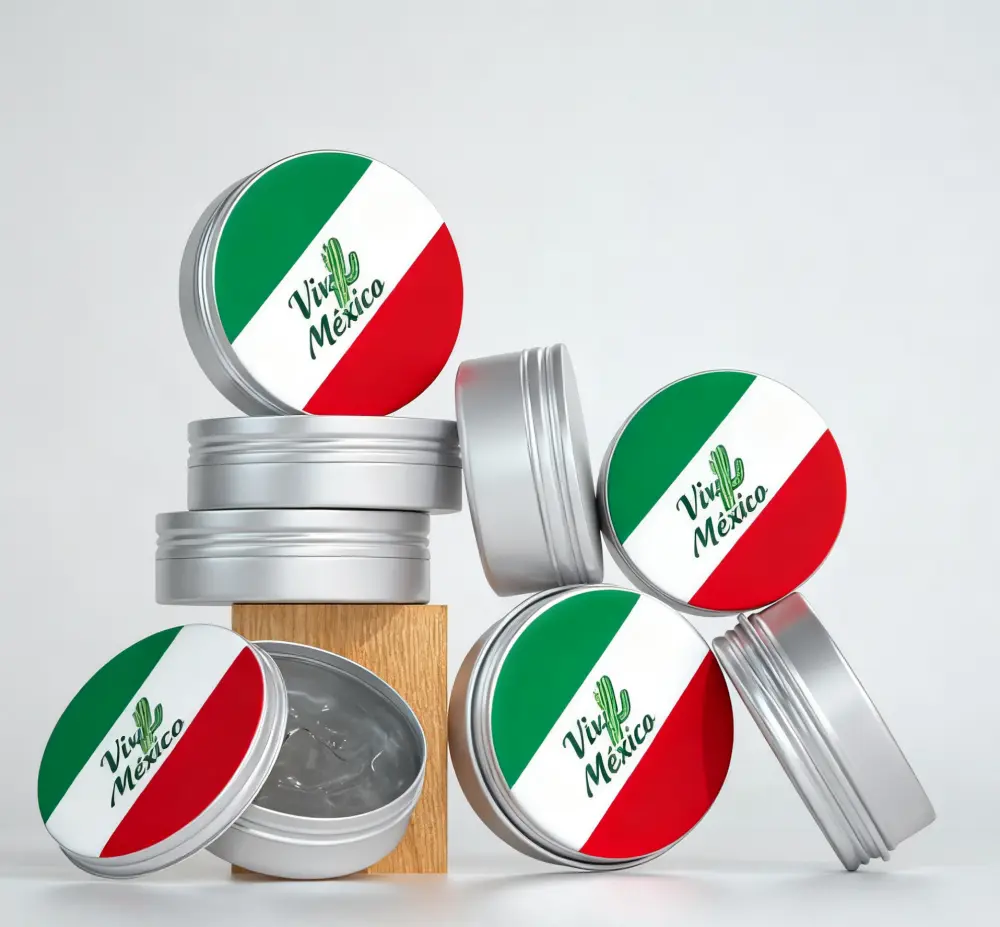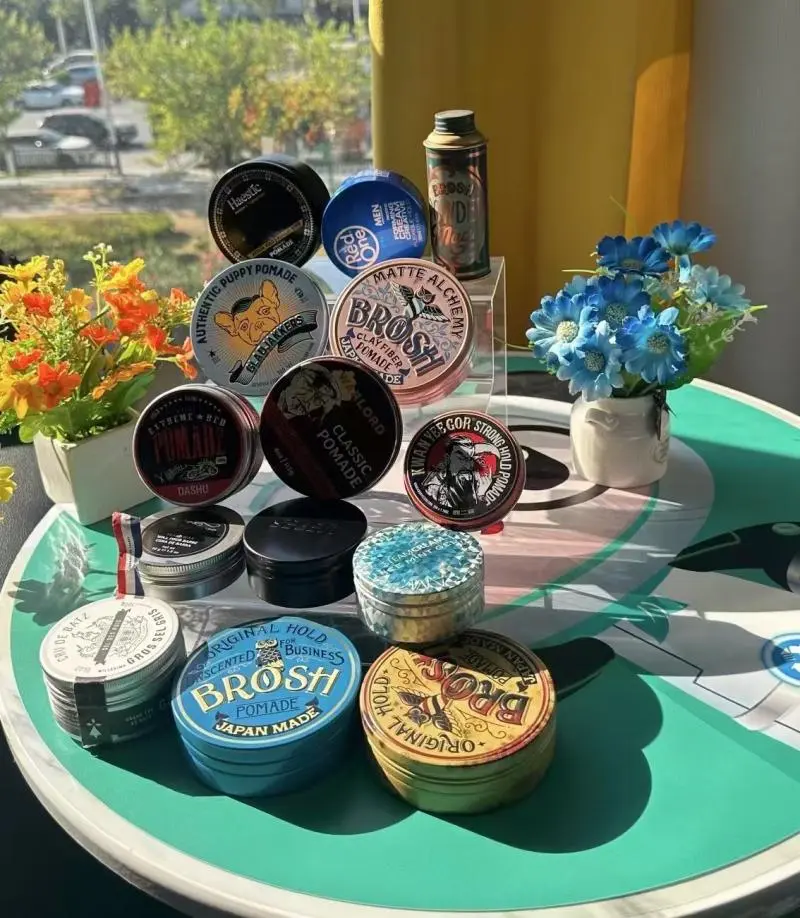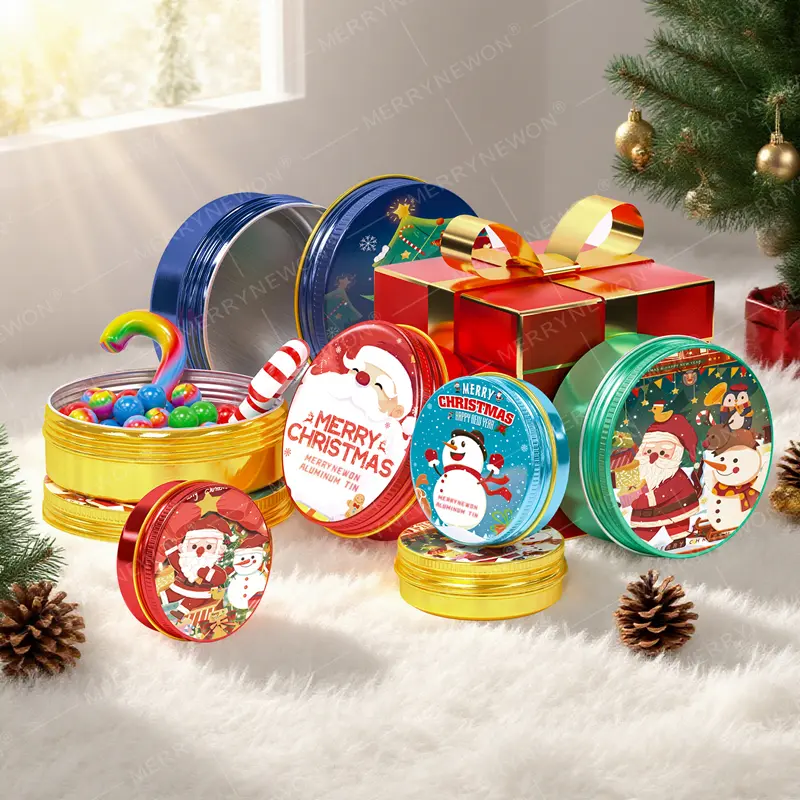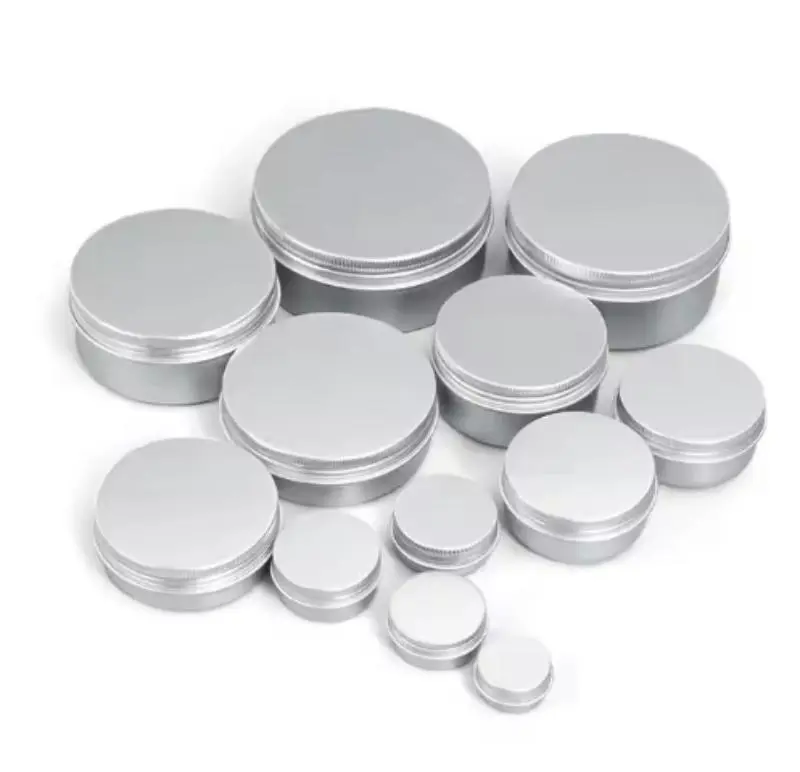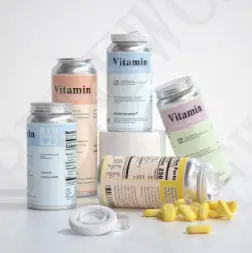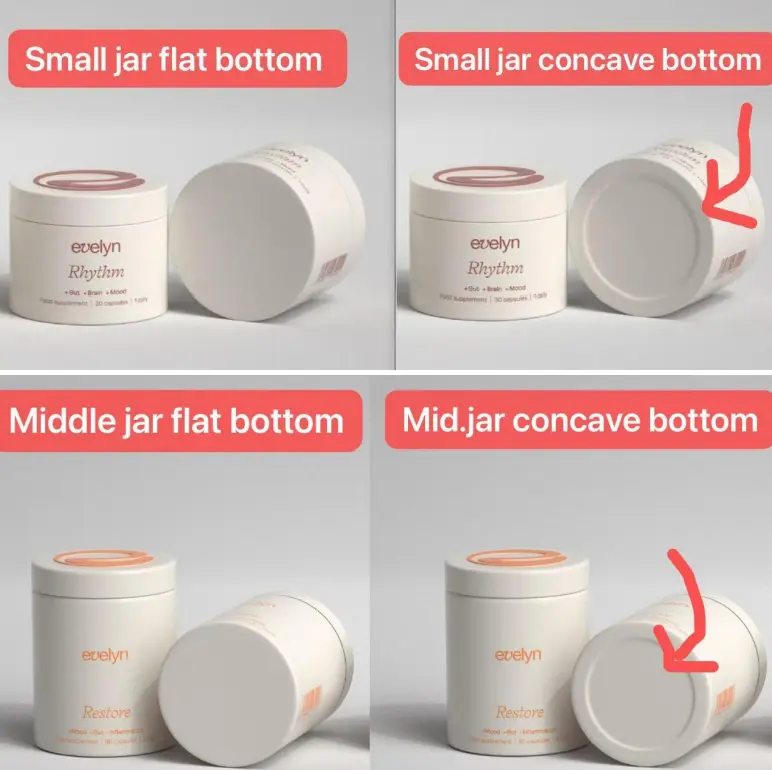 +8618680445103
+8618680445103 Aluminum Packaging: The Skincare Industry’s "Green Armor" in a Sustainable Revolution
In recent years, the global skincare industry has quietly undergone a packaging revolution—once-understated aluminum containers are now emerging as the dark horse of choice for luxury brands and eco-conscious pioneers. According to data from market research firm Grand View Research, aluminum accounted for over 18% of the global cosmetics packaging market in 2023, with an annual growth rate of 9.2%, far surpassing traditional plastics and glass. Behind this shift lies a dual driver: consumers’ urgent demand for sustainable living and corporate ESG transformations.
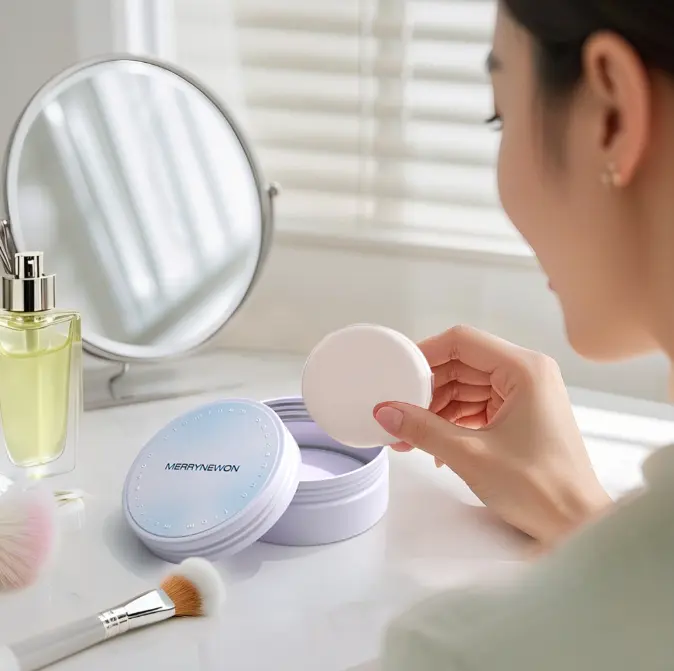
Eco-Anxiety Fuels Packaging Innovation
Amid the global surge in "zero-waste" initiatives, the environmental impact of skincare packaging has become a critical factor in purchasing decisions. Aluminum stands out for its 100% recyclability and infinite reuse potential. Data from the International Aluminum Institute highlights its low-carbon edge: "Recycling a single aluminum can saves enough energy to power a TV for three hours." Industry giants like Unilever and L’Oréal have pledged to adopt fully recyclable packaging by 2030, with aluminum leading the charge due to its mature recycling infrastructure.
Notably, aluminum packaging is reshaping brand identities. U.S. clean skincare brand Cocokind reported a 240% sales surge in the first month after launching its aluminum tube sunscreen. Founder Beth Bugdaycay noted, "Consumers are willing to pay a premium for sustainability—aluminum packaging has become a physical manifesto of brand values."
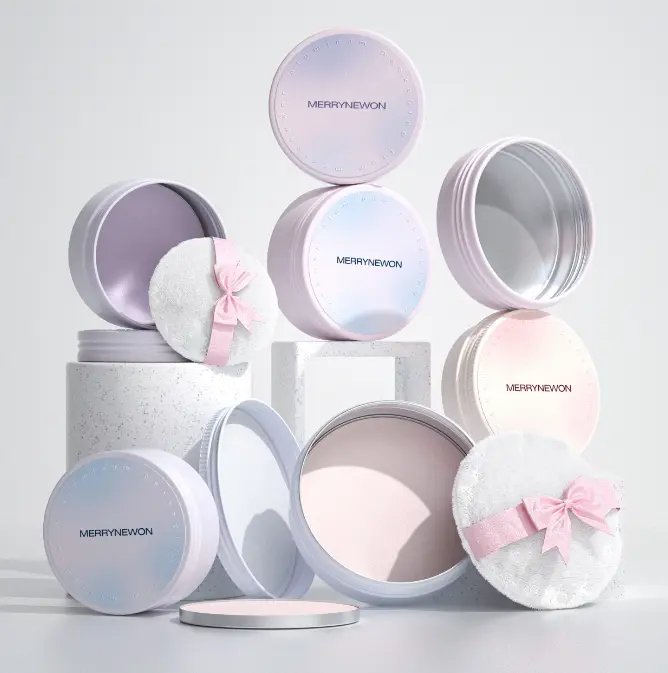
Tech-Driven Advancements: Beyond Sustainability
Aluminum’s rise isn’t just about eco-credentials; its functional advantages are redefining industry standards.
Superior Preservation: Aluminum’s dense crystalline structure blocks light, oxygen, and moisture, extending the shelf life of products containing active ingredients like vitamin C and retinol by 30%;
Lightweight Innovation: Nano-coating technology enables aluminum walls as thin as 0.2mm, reducing weight by 67% compared to glass and solving the bulkiness of traditional eco-friendly packaging;
Design Revolution: Embossed aluminum cans crafted via metal stamping are becoming artistic canvases for niche brands. For example, British brand Aesop’s limited-edition aluminum bottles now sell for 300% above retail on resale platforms.
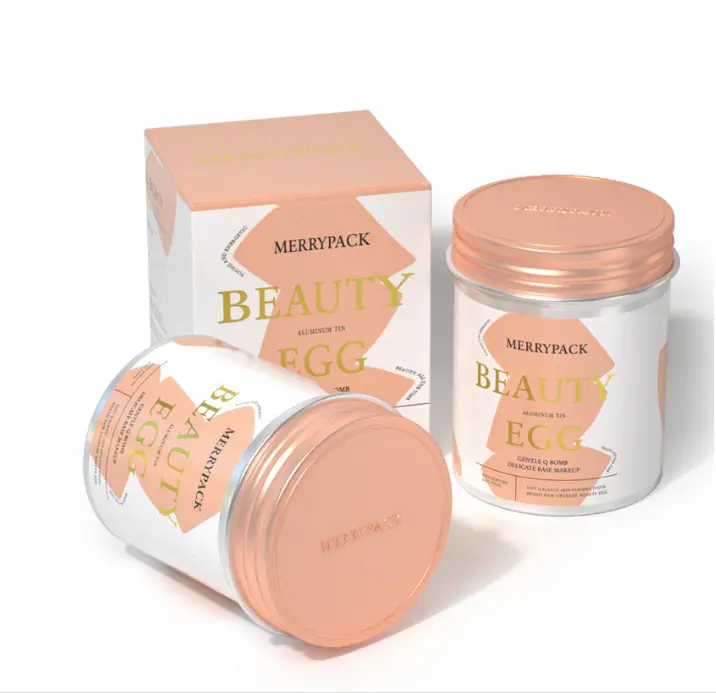
Balancing Costs and Consumer Awareness
Despite its promise, aluminum faces hurdles. Raw material costs are 2-3 times higher than plastic, and specialized filling equipment is required. German packaging machinery manufacturer KHS estimates retrofitting production lines could cost millions of euros. Brands are exploring compromises: Estée Lauder’s "aluminum-plastic hybrid tubes" reduce costs by 30% while maintaining recyclability.
Consumer education remains critical. Surveys show only 41% of Western consumers know aluminum requires separate recycling. Sephora’s "Aluminum Rebirth Program," which rewards users with points for recycling five empty containers, aims to close this loop.
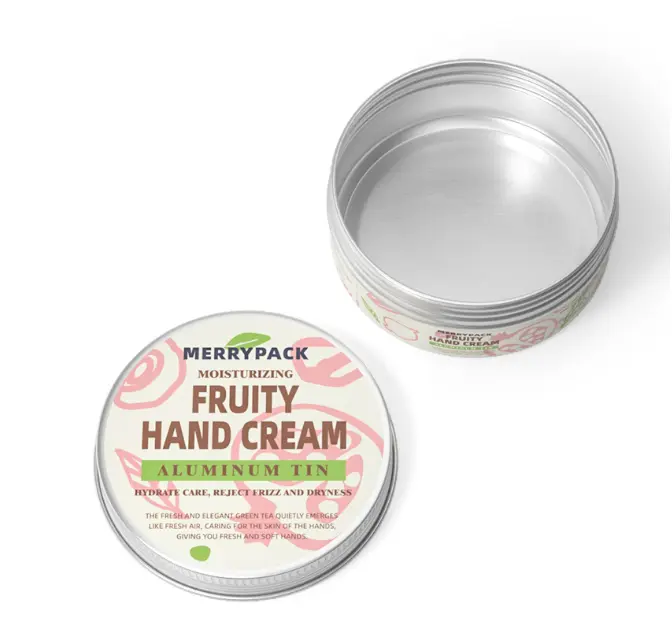
The Future: A "Metallic Era" for Sustainable Packaging
Analysts predict aluminum’s carbon footprint could drop 75% by 2030 as hydrogen-based smelting technology advances. Meanwhile, smart aluminum packaging is taking shape—L’Oréal and Google are testing NFC chip-embedded aluminum bottles that display ingredient traceability via smartphone.
This aluminum-led transformation is redefining skincare’s relationship with the planet. As stated in The Future of Sustainable Packaging Report: "When every twist of a cap becomes an act of environmental stewardship, the beauty industry truly transitions from consumer to guardian."
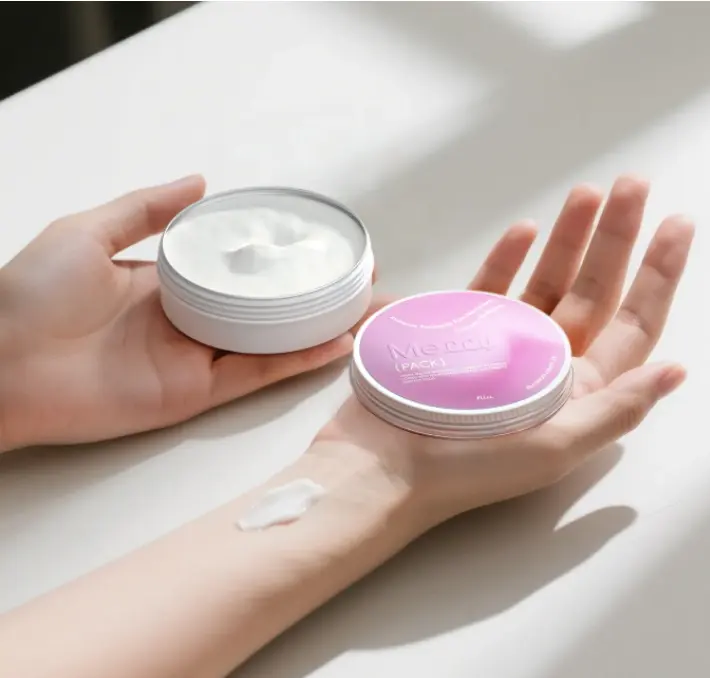
Postscript
The rise of aluminum packaging is more than a material swap—it’s a profound collision between consumer ethics and technological innovation. In an industry obsessed with "timeless beauty," sustainability has evolved from a marketing buzzword to a core competitive edge. When consumers hold a cool aluminum jar, they’re grasping not just a product, but a brand’s promise to the future.










